Last week, Webb students were tremulous as they entered the dining hall to a startling sight: the blondies had changed. With a new layer of white chocolate on top, many even confused it for cake. However, as students wondered what happened to their favorite delicacy, few chose to speak about it. In a time of immense change at Webb, students rarely speak up or communicate with the administration, and this must change. This article will take a look at two examples of this: the blondies and the new mixed advisories.
The transformation of a familiar treat such as the blondies did not receive a warm welcome among students. When pictures of the new blondies were shown, Webbies recoiled at the strangeness of their new coatings.
“This year’s blondies are not very good,” David Liu (‘25) said.
This opinion is widely reflected across the Webb community. 85% of the 26 Webbies surveyed believe the new blondies are worse, with some even stating that they were emotionally attached to the old blondies.
“I first tried a blondie in my freshman year, and it was so good,” Lindsey Azurin (‘25) said. “When they served blondies, I used to go to the dining hall extra early so that I could bring some home to my parents. But, one day, I saw the blondies sign, and it didn’t look right. [They’re] crunchier now, and [they have] this weird coffee taste. I miss the old blondies.”
Despite almost universal student distaste, the dining hall staff remained oblivious. At the same time, students are still unaware of the reasons behind the change.
“I always wanted to bring something new into the dining hall.” said Armando Amezcua, Director of Food Services. “When we switched to [the] new blondies, we wanted to see how students would like it. We haven’t really received much feedback yet.”
Webb students are often unwilling to give negative feedback to the dining hall but allowing discontent to simmer beneath the surface does not help anyone.
“Every time we receive feedback, it’s always like ‘the food was so great,’ but we see that students have been eating fewer blondies,” Mr. Amezcua said. “Nobody came to tell us what’s wrong.”
While the change in blondies seems trivial, students’ unwillingness to communicate with the administration is not. In fact, lack of communication is a common experience for admin. Case in point is the merging of the two schools and the introduction of mixed advisories.
Many people do enjoy the idea of a mixed advisory.
“Mixed advisory is a good way to bond with people of a different gender,” Ariel Cao (‘28), has chosen to be in a mixed-gendered advisory.”
However, some also believe that it would be more challenging to conversate with the opposite gender, which made them think they would lose their safe space to communicate freely.
“I think they should keep single-gender advisory because it allows the students to talk with their advisor more freely in their space,” Nathan Llorens (’27) said.
“It was easier to talk to my friends, and even though I’m not in a mixed-gender advisory, [mixed-gender advisory] would have been harder for people to talk to each other,” Kevin Wang (’27) said
However, the faculty are generally very supportive of the new system, citing the choice students get.
“I love the idea of choice and self-selection,” Mr. Rosenfeld said “I think that allowing students to choose an environment that they are most comfortable with is a step in the right direction to make sure that we’re serving the students in the best way possible.”
However, VWS chapel is going to be mixed gender, and opinions on this have been mixed.
“I’m planning my chapel talk to be pretty sensitive and sometimes I feel like, it’s something that girls could relate to more than guys,” Heidi Lau (‘26) said.
And yet, none of the administration has acknowledged this point, with most believing it would help chapel reach more people.
“[Mixed chapel] would allow the speaker to reach a variety of our diverse array of students, and I just would hope it would make for a more inclusive community,” said Yesela Tadeo, Dean of Residential Life.
With the decisions on chapel and mixed advisories, the general student body was not the primary decision-maker. Instead, the decision was made in faculty meetings.
“The decision about becoming one school was a decision that the senior administrative team and the board made together,” said Theresa Smith, Head of School. “There were a lot of conversations in our educational leadership team conversations with Mr. Ho and me, and conversations about mixed advisories and chapel in faculty meetings.”
Of course, the administration must balance the institutional needs of the school with those of students, however, student input should still be a very important part of the process. The pieces of student input Dr. Smith mentioned have been from official committees rather than individual students, even though she is open to anyone sharing their thoughts.
“Our SEAL Committee is an example of where we brought students in,” said Theresa Smith, Head of School. “However, if you also have ideas for how students can give input that I would be more than happy to hear.”
Looking toward the future, chapel and mixed advisories are still in flux. Changes are being proposed and thought about as we speak. Whether it is a possible chapel divided by grade level or a complete merging of advisories, Webb is changing and what it changes to is up to us.
Students sharing their own ideas is the most important way to make sure changes are inclusive and understood by the wider community. Go to Assistant Head of Schools Office Hours, talk to Dr. Smith, and if you don’t want to, a quick email always works. Advocating for your thoughts on the school’s changes and the one-school model will provide a better result and middle ground at Webb.
Update: As of October 7th, 2024, the old blondies have been restored.


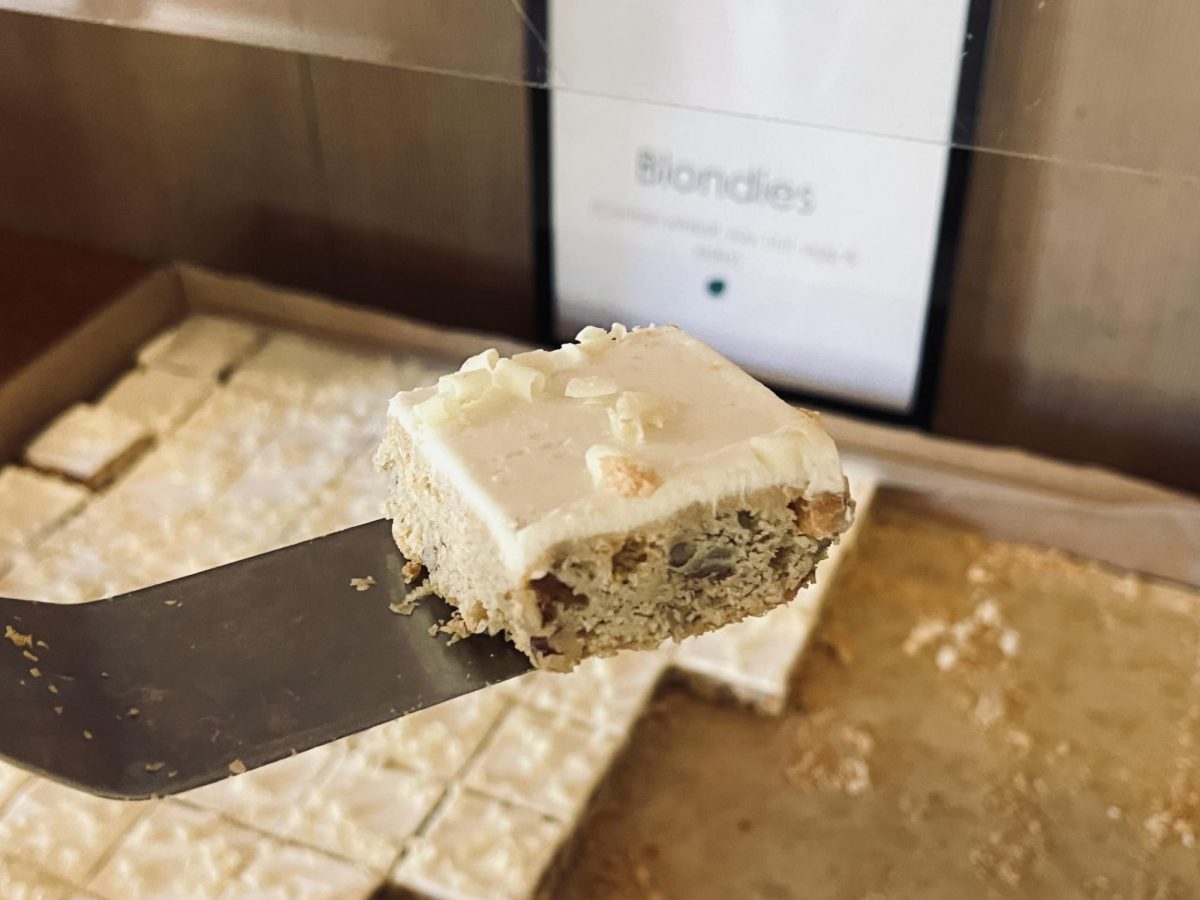



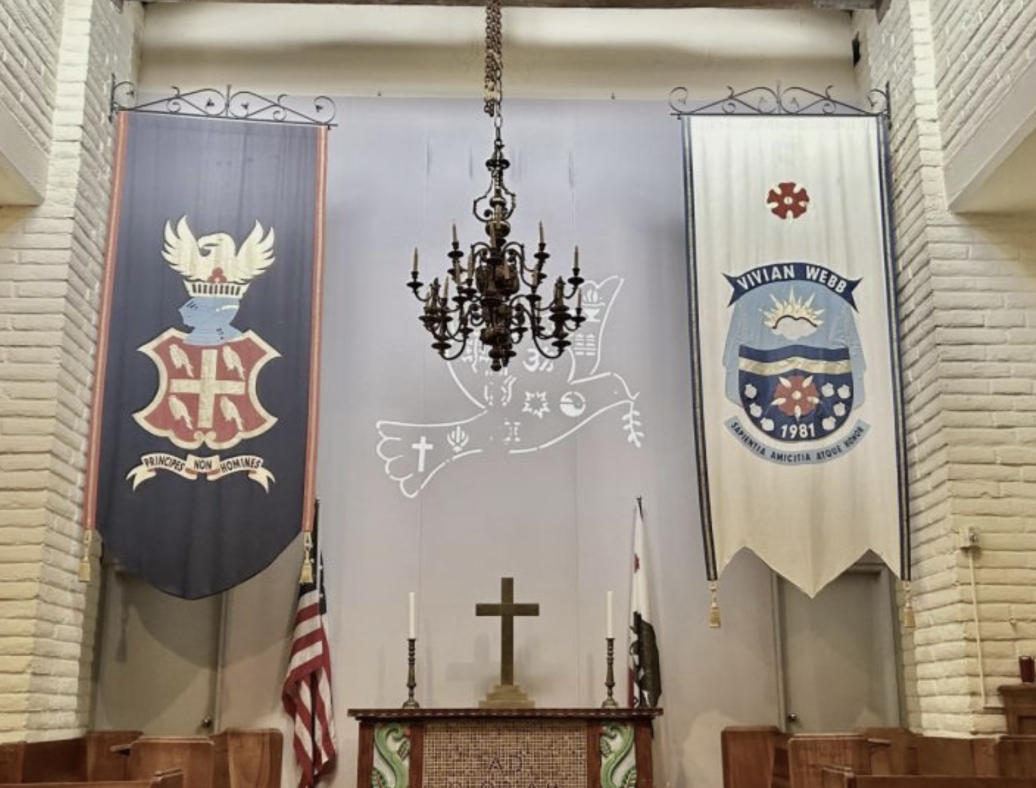
![Many Webb students spend their free time in the library watching a popular TV show like Riverdale and Euphoria. “Based off what I’ve seen, like in Euphoria, because the actors are older, they don't showcase an actual high school life properly,” Sochika Ndibe (‘26) said. “Since [the actors] are older [and] playing a teenager, from a girl’s perspective, it is going to make you think you should look more developed at a young age.” The actor, who plays Veronica Lodge, was 22 years old at the time of filming.](https://webbcanyonchronicle.com/wp-content/uploads/2025/03/Antecol-Media-affects-how-society-functions-graphic-1200x900.png)
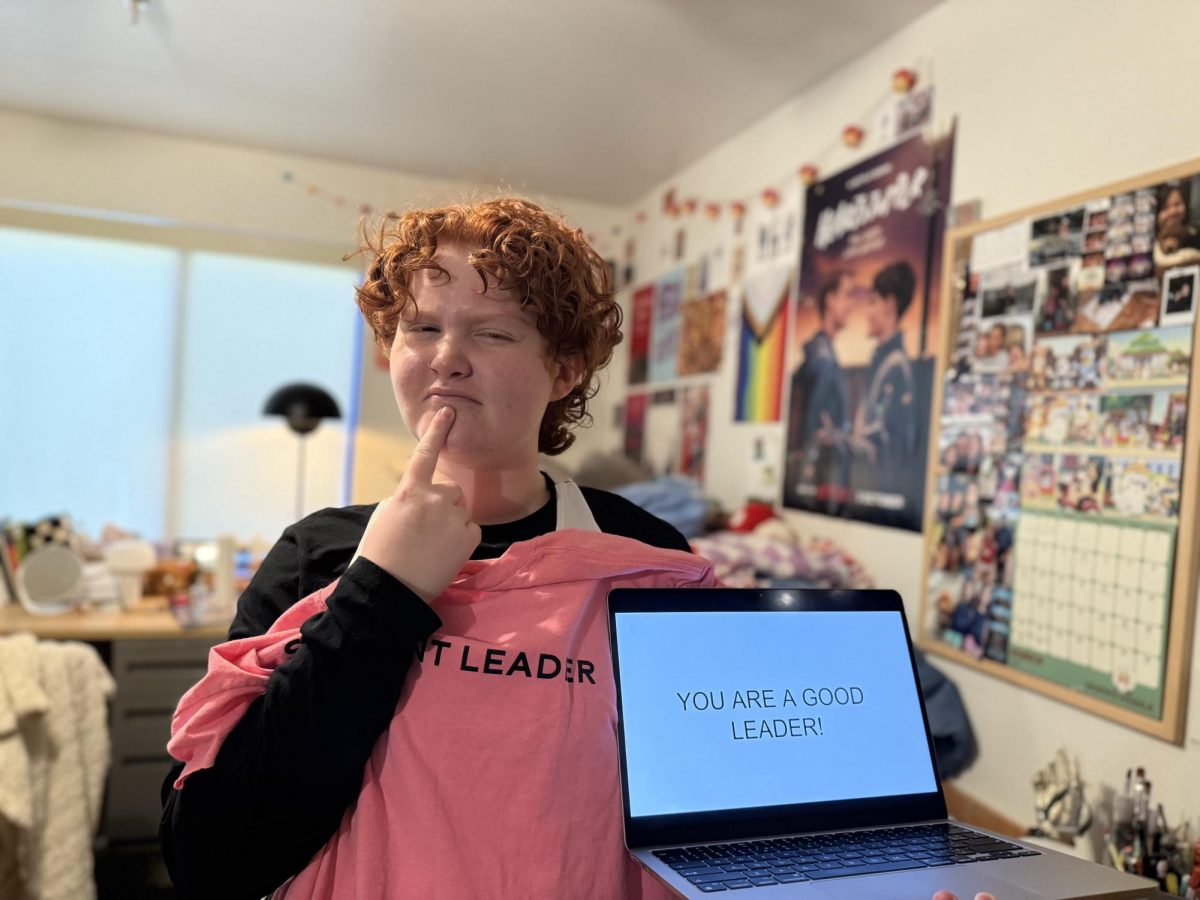
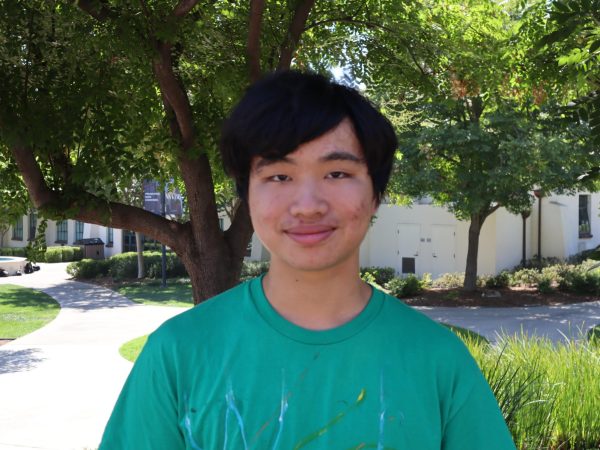
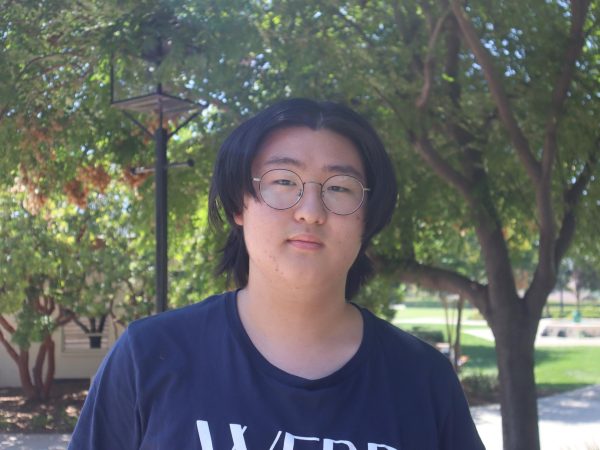
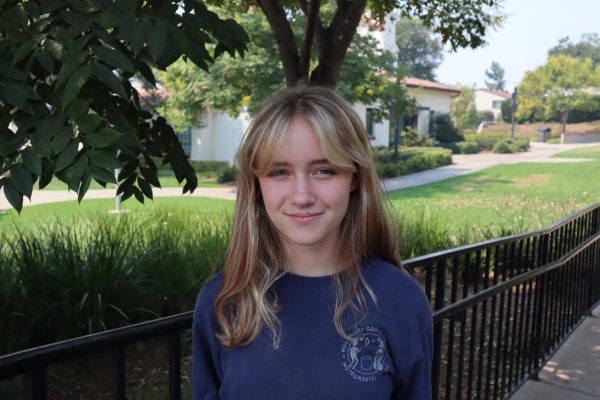
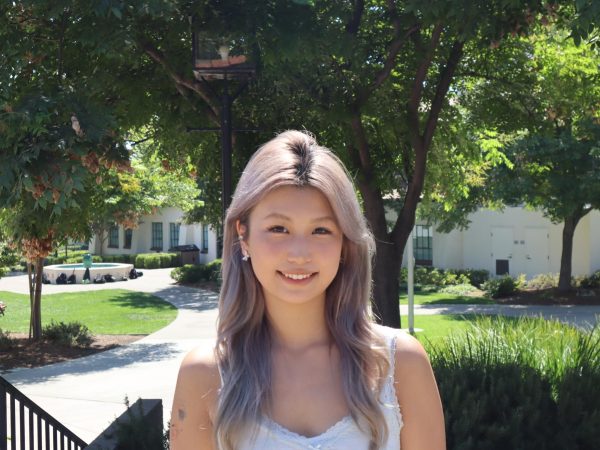
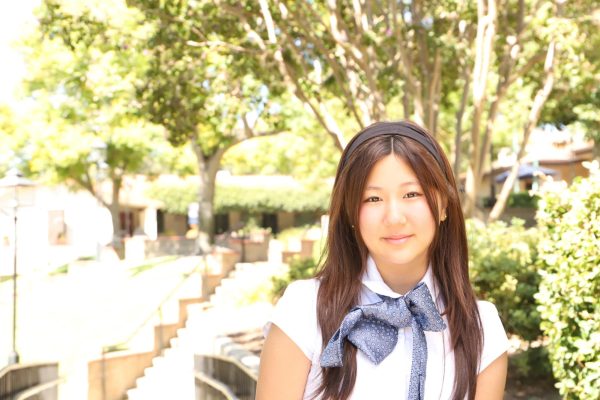
Emily Li | Oct 17, 2024 at 6:47 PM
Blondies are one of the things I miss the most about Webb… great reporting! (and I am so glad the old blondies are back)